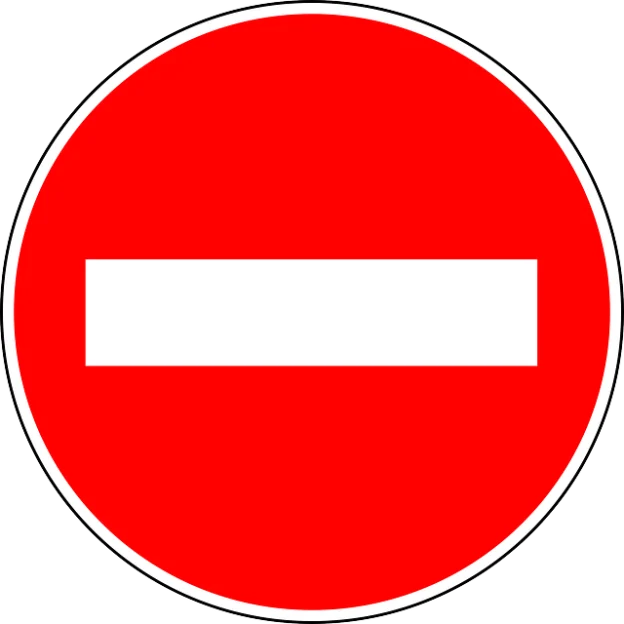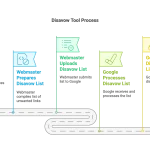The birth of Google’s Penguin algorithm – designed to cut down on link spam – had one rather unfortunate side effect. No, I’m not talking about all the webmasters claiming the algorithm unjustly penalized them. Rather, I’m talking about a new, underhanded tactic all the black hat search engine marketers are practicing.
It’s called Negative SEO. In lieu of properly optimizing their own site, certain individuals in the SEO community have taken to setting up link farms and spam sites designed exclusively to penalize their competitors.
The idea is that their actions will ‘fool’ Google’s algorithms into thinking their target has engaged in manipulative link building techniques.
Thankfully, this is something Google itself anticipated, at least to some degree. As noted by SEO Moz, the company released something known as the Disavow Tool shortly after it refreshed the Penguin algorithm in 2012.
This tool, explained Google Engineer Matt Cutts, would allow site owners to ask Google to disregard links that they felt adversely impacted their rankings.
According to Cutts, it’s also something that the vast majority of site owners probably won’t ever need to use – Google’s algorithms are evidently quite good at preventing bad links from hurting a site.
What’s more, the disavow tool can actually be kind of dangerous. If you misuse it, you can actually end up hurting your rankings in the long run.
I should explain.
Don’t Use A Grenade Launcher To Weed Your Garden
Many people don’t understand this about low-quality links. Especially first-timers. Low-quality links aren’t always bad. The truth is, Google’s algorithms see most internet sites as low or mediocre quality.
This means that, except in extreme cases, links from a low-quality site might actually improve your authority.
After all, every link is a vote of confidence, right?
Even if you’re quite sure a link harms your site, be careful with the disavow tool. There are a few reasons for this. The main reason is that Google usually expects you to remove bad links the old way.
That means contacting the webmaster who linked to you and asking them to take it down. Only disavow links when it’s clear they’re ignoring you. Even then, do it as a last resort.
Oh, and never disavow internal links. By doing so, you’re basically telling Google that your own pages are of low quality, and generally shouldn’t have any authority. There’s a good chance that’s going to send your PageRank straight into the toilet.
When SHOULD You Disavow?
Now that we’ve hammered home how you should only disavow links sparingly, let’s talk about when you should resort to using the disavow tool. It wouldn’t exist if there weren’t people who needed it, after all. So…how can you tell when it’s time to bust out the disavow tool?
If you’ve been manually penalized by Google, hit incredibly hard by Penguin, or received a bad link warning. That’s it. Those are the only situations in which the use of the disavow tool is justified.
The rest of the time, you should simply send a removal request, or ignore the bad links altogether. Remember, not all low-quality links are bad. Sometimes, they can actually help your site – and removing them is akin to shooting yourself in the foot.




